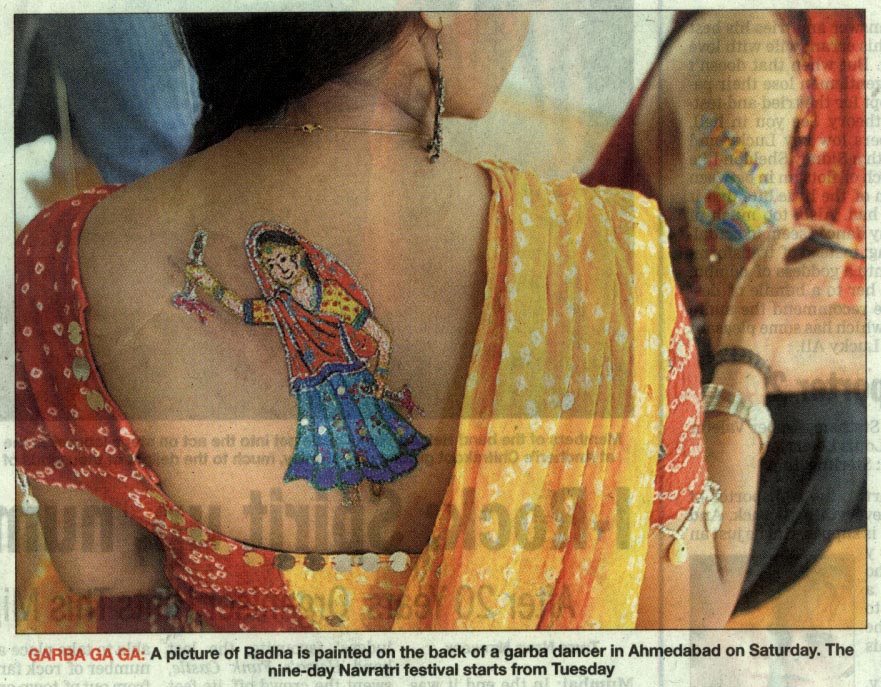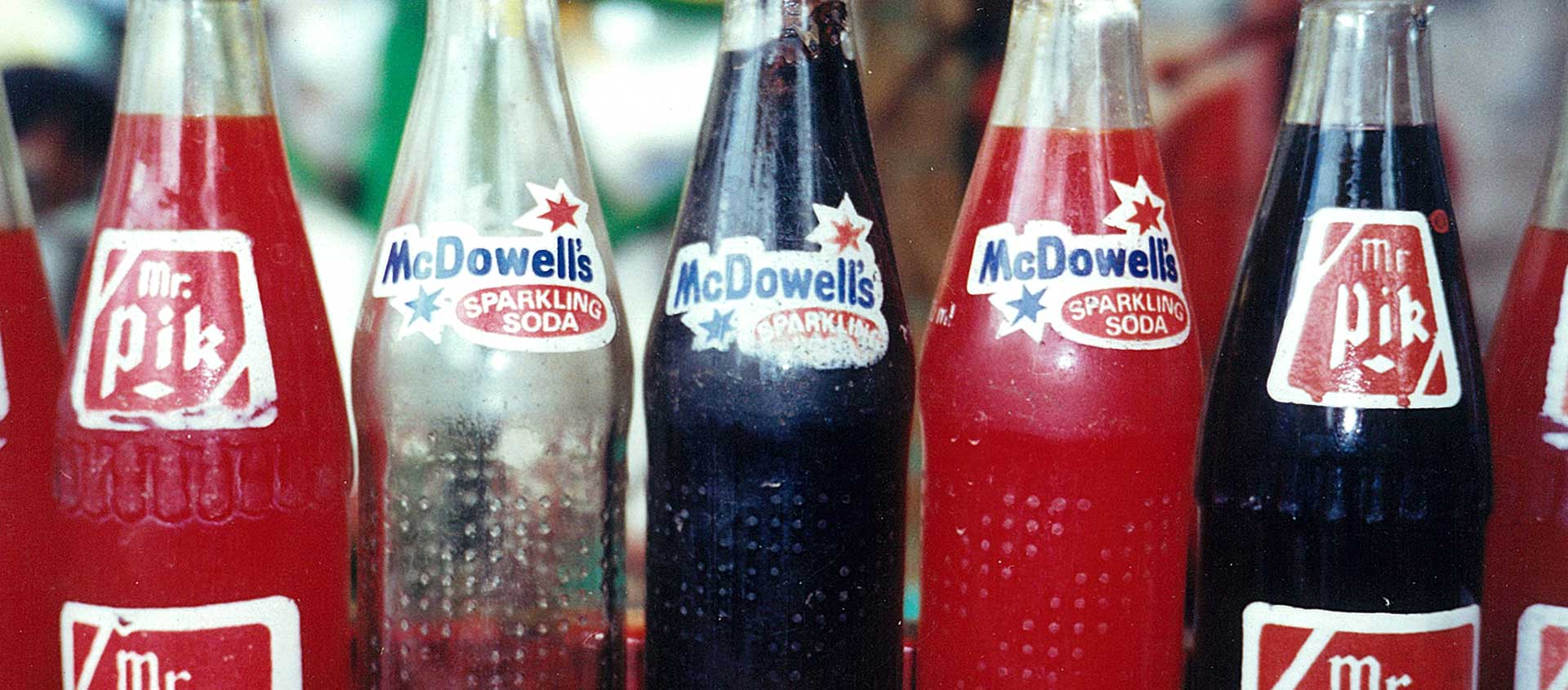
The Changing Face of Beauty in India
Last week on Indian Idol, one of the popular ‘singing talent’ hunts of the country, a new law was established. What you could call, the law of correlation between looking good and singing well. Glued to its television sets the larger India saw the impact that a makeover could have on the singing scores of Smita, one of the finalists of the television reality show. And why only singing scores, the participant in question has bagged herself an offer to sing a song penned by country’s one of the most illustrious lyricists and music directed by the most outspoken music director on the show.
The idea of beauty in India is changing. Beauty, traditionally in India was like a portrait, paint brushed and framed. It belonged to the world of art. Today, it’s coming out of the world of art and entering the world of action. Beauty today in India has transactional value, it can make things happen.
Beauty in today’s India is a ‘currency’. It’s a means to larger bigger things in life, an instrument of life fulfilment. Young men in research groups across the country have confessed to undergoing a facial just before an interview or an important meeting. The belief in today’s generation is “if you look good, people think you will work well too”.
The most defining shift in the construct of beauty however, is the fact that the index of beauty is shifting from the ‘face’ to the ‘body’. Traditionally, the key index of beauty in India has been the face. The quintessential image is of Madhubala in soft-focus. So much so that Google with all its search capabilities is unable to find a Madhubala poster that’s full profile. Even the concept of solah shringaar played favorites to the upper torso. Only three of the sixteen actually went beyond the upper torso.
The ‘face’ to ‘body’ shift has flipped the beauty equation. Face was about beauty. Body is about personality. The importance of personality has meant that beauty itself has become a variable. It can be altered, enhanced, acquired, cultivated and groomed. Figures can be maintained, accents can be acquired and blue eyes can be bought as coloured lenses off the shelf.
The newer version of beauty is thus ‘attitude’ driven and not ‘destiny’ driven. It’s no more about ‘what you are born with’; it’s about ‘what you can do with what you are born with’. Looking good today is about the ‘package’ that you are. It’s about your inner attitude brought to sleeve. If I am confident inside, I can look good outside. Similarly, what I do outside makes me look beautiful inside.
Beauty for today’s generation is not a pursuit to look like someone else, but a realization of one’s own maximum potential. “We don’t want to look like anyone else, we want others to want to look like us” was the response of young Indian women in a consumer interaction. Traditional stereotypes of fairness, sharp nose and long necks are under question. Bipasha Basu has dusky looks; she is not ‘saanwali’ any more.
Body being centre stage has other implications as well. Skin today is clothing. In the sketches that a middle market fashion designer shared with us, it was apparent that clothes were being carefully designed for skin to play its appropriate part. Cleavages are a reality today, on roads, in malls, on television or in offices. And they are no more a sole right of women alone. On Koffee with Karan, Shahid Kapoor coupled with Esha Deol and Shahid’s neckline plunged more than Esha’s. Cleavage or no cleavage, men are certainly emerging as the new competition for women in this new frame of beauty.
The idea of beauty in India is undergoing a makeover. Beauty today is an arsenal in the quiver of an average Indian – man and woman, in their climb to personal fulfillment. Defined more in terms of body and personality it’s far more democratically available today. Making us believe that everybody can be beautiful. Peeking out mischievously, as the skin between cuts or as the cleavage from under a man’s shirt, changing the very ideals of beauty that we lived with. Looking into our eyes and posing the question to us marketers, are we still chasing the old ideals of beauty?


No Comments